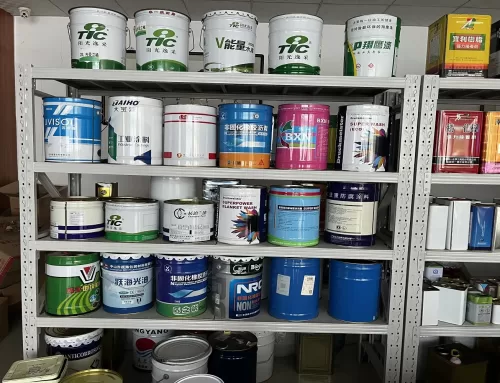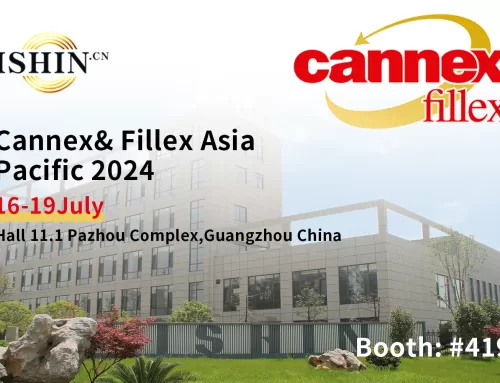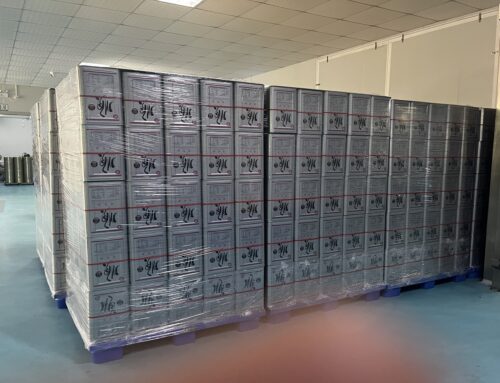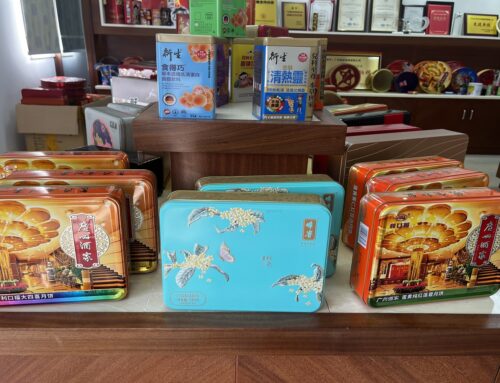Metal packaging products mainly provide services for industries such as canned food, beverages, wine, medicine, chemicals, petroleum and cosmetics. Since the reform and opening up of my country’s can industry, after 30 years of struggle, it has formed a metal packaging system that includes printed iron cans, aerosol cans, two-piece cans, bottle caps, and steel drums, becoming an important part of my country’s packaging industry. branch. In the metal packaging industry, there are 555 enterprises with a scale of more than 5 million, showing a three-strong pattern of private, foreign-funded and state-owned.
In recent years, private enterprises have deepened reform and technological innovation, and some already have a certain scale of industrial chain, but from the perspective of metal packaging industry, small and medium-sized enterprises still account for more than 90%, and the situation of small and scattered, small and comprehensive has not been fundamentally solved. The road to solution, industrial integration, and coordinated development is still very long, and the task is still arduous. From the geographical distribution of enterprises, the Pearl River Delta (including Guangzhou, Shenzhen, Zhuhai, Hainan), the Yangtze River Delta (including Jiangsu, Zhejiang, Shanghai) and the Bohai Economic Circle (Beijing, Tianjin, etc.) accounted for more than 70% of the enterprises. In addition, with the development of agricultural and sideline industries in Fujian, Shandong, Sichuan and other places, the metal packaging industry will also grow with the development.
Containers made of tinplate have the advantages of high strength, good molding, and high compatibility. Therefore, since the 19th century, everyone has generally adopted such a metal packaging container, and tinplate is the most popular packaging plate. Due to the progress and continuous improvement of tinplate printing and processing technology, the use of tinplate to make packaging containers is becoming more and more common. With the substantial increase in domestic tinplate production capacity, imports will continue to shrink, and it will be self-supplied soon.
The development trend of tinplate is that it will develop in a thinner and thinner direction. On the one hand, it will reduce the use of tin, and on the other hand, it will reduce the thickness of tinplate. The purpose of this is to adapt to the change of cans of canned products, and also to reduce the production cost of cans. The tinplate used for metal packaging needs to use high-quality iron, otherwise it will be wasteful and cannot achieve good economic benefits. According to the needs of different packaging containers, there are different requirements for tinplate materials, mechanical properties, and tin plating amount. Therefore, tinplate used in the packaging industry is a major direction for the future development of the iron and steel industry.
Metal packaging has broad prospects in the future, and the demand is very large, and tinplate containers will continue to change with different needs. The rapid development of the food industry in recent years has led to the wide application of metal packaging containers. The rapid development of metal packaging in my country has put forward higher requirements for metal packaging containers not only in terms of quantity, but also in terms of quality.




